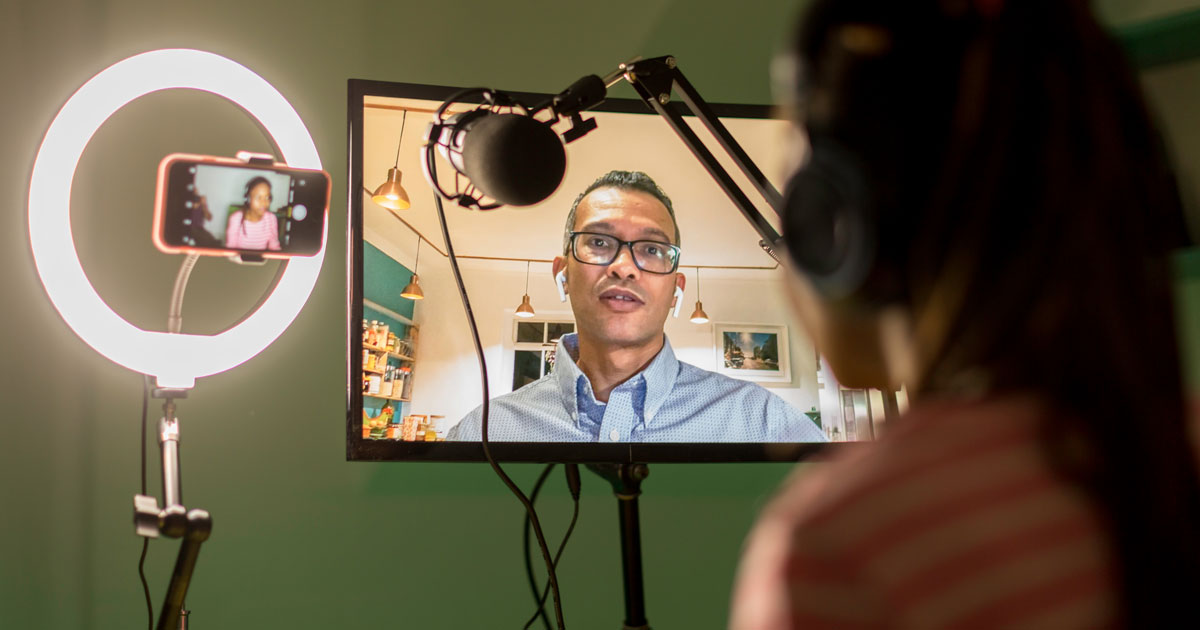

5 Media Trends Shaping 2022
The past year has seen seismic change for media outlets across the country. Fueled by the pandemic, and social and civil unrest, it was a year of polarizing issues exacerbated by an economic rollercoaster that disproportionately affected the population at large.
Amid this widespread ambiguity, we were consuming media at an unprecedented rate, disrupting the pace and longevity of news cycles in unpredictable ways. This year, we will continue to see communities, brands and organizations rapidly embrace change as new crises unfold.
Here are the drivers reshaping media coverage and consumption:
1. The rise of the newsletter
No time for news? No problem. Almost 93% of all major news outlets now offer newsletters to bring bite-sized news direct to their readers’ inboxes — and reaching them in a regular cadence. The New York Times debuted more than a dozen subscribers-only newsletters and has since reported that 15 million users read at least one of its 50 newsletters every week. Brands will need to think about how they can leverage newsletters to boost loyalty and generate incremental revenue.
2. Podcast takes flight
Audiences are growing exponentially, with approximately 80 million Americans tuning into podcasts on a weekly basis — a 17% increase from the year before. Intimate and conversational, podcasts rely on their presenters to build authentic connections with their listeners, making them great choices for native advertising and paid sponsorships. Marketers will likely witness more brands jumping on the audio bandwagon in the year ahead.
3. News goes social
A recent Pew Research Center survey found nearly half of respondents get their news from social media, with a third of U.S. adults consuming news on Facebook. Small wonder that an increasing number of news outlets have embraced branded social media channels to attract and retain audiences; Wall Street Journal and CNBC now publish video content directly to YouTube instead of their flagship sites. Breaking news on social blurs the lines between earned coverage and earned influence — and communicators would do well to take this into account for more accurate impact assessments.
4. Measurement needs context
Speaking of assessment, performance metrics have evolved as digital advertising continues to grow. Google, Facebook, and Amazon currently make up 64% of all U.S. digital ad spend. Calculating total reach for a publication has morphed beyond a static figure and into a formula requiring correlation between coverage type and engagement layers. We’re likely to see further refinement of calculation models to provide a more nuanced snapshot of an increasingly digitally accelerated and complex media landscape.
5. Media pressures escalate and expand
Periods of rampant misinformation have left the world’s media audiences more polarized and embattled than experienced in recent history. Economic resources continue to dwindle as inflation looms on the horizon. Competition for audiences remain fierce. Beyond the organizational level, these hardships are taking a toll on journalists as individuals too: the Wall Street Journal found that the Bureau of Labor Statistics predicted journalism jobs will decline 4.8% by 2030, with respondents citing stress, low pay, and newsroom mismanagement as reasons for leaving. As an industry, we must do better — and fast.
What does the brand media playbook look like in 2022?
- Structure programs and build strategies to reflect value into the growth areas where publications are investing time, money and resources to engage audiences.
- Trust is a commodity for journalists, so building relationships rooted in respect, and mutual value is essential. This requires a strong understanding of reporting style and viewing audience desires through a lens of unbiased collaboration.
- Nontraditional mediums of influence are gaining ground amid a generational change, which lends greater importance to multidimensional media strategies.
What's clear from the past year is that rapid behavioral changes require equally agile responses from businesses, brands and organizations.
And as far as I can tell, it's only going to get faster.
The latest blogs from WE
Decoding Gen Alpha: A Primer on the Next Gen of Consumers
Why Gen Alpha Will Fuel Spending This Season
Why Reputation Is a Business Driver in Healthcare


